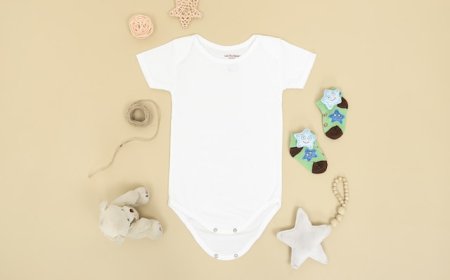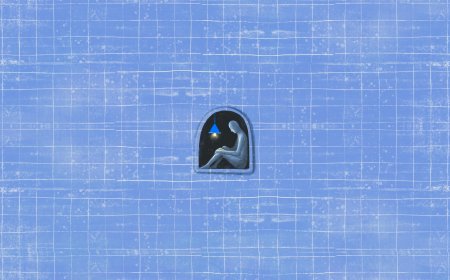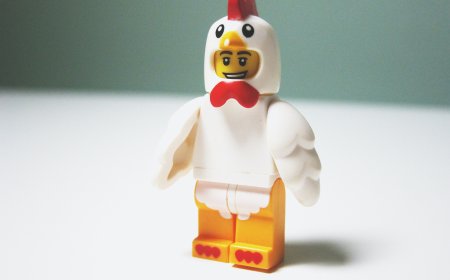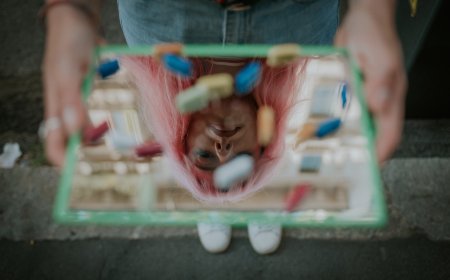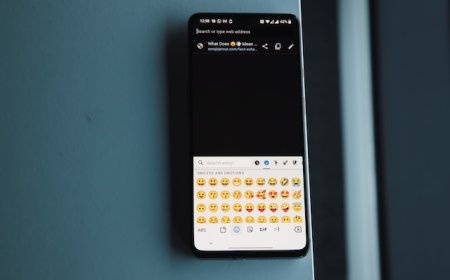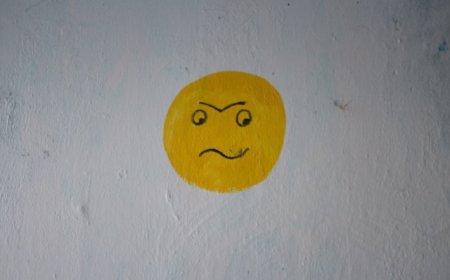From Collector’s Shelf to Catwalk: How Labubu Became a Style Icon
How Labubu, the mischievous character created by Kasing Lung, became a global trend. From toy shelves to high fashion, explore the meaning behind Labubu’s rise and why the Labubu doll has turned into a cultural and fashion icon.
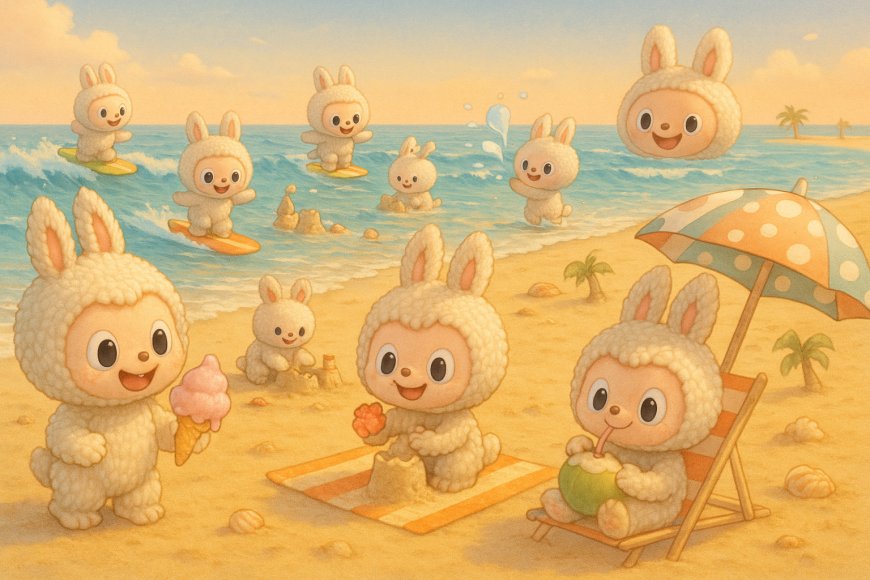
Labubu: The Silent Trickster That Conquered the Global Imagination
The Psychology of Obsession and the Marketing Alchemy Behind the Labubu Phenomenon
In the shadowy corridors of global trends, where logic bows to emotion and desire outpaces reason, emerges a creature both mischievous and magnetic: Labubu. With its wild grin, haunting eyes, and childlike proportions, the Labubu doll is no longer just a collectible — it is a modern totem. But why? Why has Labubu eclipsed logic, broken language barriers, and bewitched the wallets of both seasoned collectors and casual fans?
To understand this, we must not look at Labubu as a toy. We must look at Labubu as a symbol — a psychological archetype perfectly engineered to trigger subconscious longing and irrational attachment.
The Hidden Meaning of Labubu
The Labubu meaning lies not in a dictionary, but in the depths of human psychology. It is the uncanny made cute, the freak made familiar. Labubu’s exaggerated features — elongated ears, jagged grin, and impish stance — place it on the thin line between attraction and discomfort. Psychologists call this “the uncanny valley,” a zone where the brain halts logic and engages curiosity. The result? Emotional hijack.
Labubu doesn’t ask for your attention. It steals it.
It does not comfort like a teddy bear, nor impress like a high-end figurine. Instead, Labubu challenges you. It says: “Dare to love me.” And when you do, you don’t just buy a toy. You buy into a cult — a feeling of belonging to something misunderstood, edgy, and rare.
Marketing Mastery in Disguise
Behind this psychological trap is a genius: Kasing Lung, the Labubu creator. But he did not just create a character; he crafted a myth. By blending European folklore with modern emotional aesthetics, Lung offered the world a villain you want to hug. In marketing terms, that’s gold.
Now here’s where the marketing science comes into play. Labubu’s rise was no accident. It followed Robert Cialdini’s principles of persuasion like sacred scripture:
-
Scarcity – Limited editions. Secret drops. Sold-out within minutes. This is not just supply control. It’s status engineering.
-
Social Proof – Celebrity collectors. Viral unboxings. Labubu didn’t just sell; it performed.
-
Commitment and Consistency – Start with one Labubu, and you are emotionally forced to collect them all. Because stopping halfway feels like betrayal.
-
Liking – Labubu is weird. But lovable. Rebellious. But innocent. The duality makes it endlessly shareable, memeable, and adaptable.
What we are witnessing is not a toy craze. It is the perfect storm of emotional manipulation, scarcity economics, and myth-making. In a world where identity is fragmented, Labubu becomes a statement: “I don’t fit your mold. And I don’t want to.”
Labubu is not for everyone. That’s precisely why it works.
In part two, we will dissect the fashionization of Labubu — how it leaped from toy shelves to streetwear runways, and why this toothy trickster might just be the next global fashion icon.
Labubu: From Mischief to Muse
How Labubu Became a Global Fashion Icon and Cultural Emblem
Fashion does not follow trends. It creates myths. And in the pantheon of modern myth-making, Labubu has transcended its vinyl body to become something far more potent: a symbol of emotional rebellion draped in couture.
Once a mischievous Labubu doll sitting quietly on collectors' shelves, this toothy enigma has now infiltrated streetwear drops, luxury accessories, and even high-concept runway shows. The fashion world, always hungry for the next subversive icon, has embraced Labubu not just for its look — but for its meaning.
The Emotional Couture of Labubu
To understand this shift, let us return to the Labubu meaning. Labubu is not cute. Labubu is chaotic charm. It mocks the perfect and celebrates the flawed — a visual rebellion against the polished aesthetics of mainstream fashion. In a world of symmetry and status, Labubu is asymmetry and soul.
This is precisely what makes it irresistible to Gen Z and post-millennials: a generation that distrusts perfection and craves authenticity, even when it’s a little twisted.
Fashion designers noticed. Streetwear brands like Pop Mart began experimenting with Labubu-themed apparel, turning dolls into walking icons. The result? Not just clothing — identity armor.
Why Labubu Works in Fashion
From a psychological and branding standpoint, Labubu is a masterclass in emotional branding:
-
Duality Sells – Labubu blends innocence and defiance, humor and horror. This makes it adaptable to soft pastel hoodies and black leather jackets. It can represent softness or street edge — depending on the canvas.
-
Storywear, Not Streetwear – When you wear Labubu, you’re not just dressing up. You’re telling a story. About alienation. About belonging. About finding beauty in the bizarre.
-
The Anti-Hero as Hero – Fashion loves an anti-hero. Labubu, with its wild grin and misfit energy, becomes the perfect anti-hero for a generation raised on villains with depth. It’s not Mickey Mouse. It’s not Barbie. It’s something raw, primal, and real.
The Creator Behind the Chaos
Behind this cultural infiltration is still Kasing Lung, the elusive Labubu creator. A visionary illustrator from Hong Kong, Lung never intended to make fashion statements. But that’s precisely the point. Real influence is rarely intentional — it’s magnetic.
His designs didn’t follow commercial aesthetics. They told stories: of creatures in forests, of monsters who feel, of animals who carry wounds like accessories. It was only a matter of time before fashion houses, always scouting for narrative depth, began stitching Labubu into their seams.
Labubu: A New Kind of Fashion Icon
Forget the traditional muse. Forget the polished influencer. Labubu is the muse for the emotionally complex — those who refuse to be understood at first glance. When Labubu appears on a hoodie, a tote, or a sneaker, it’s not a logo — it’s a code. A message that says: “I see the world differently. And I wear it proudly.”
This is how a Labubu doll becomes more than a collectible. It becomes a cultural artifact — like the Mona Lisa with sharper teeth.
Labubu is not a trend. It is a rebellion disguised as a grin. It speaks to the parts of us that are tired of fitting in and ready to stand out — not by shouting, but by smirking.
From the shadows of toy shops to the spotlights of fashion runways, Labubu has emerged not just as a product — but as a philosophy.
And in a world screaming for authenticity, that’s not just fashion.
That’s power.
What's Your Reaction?











































